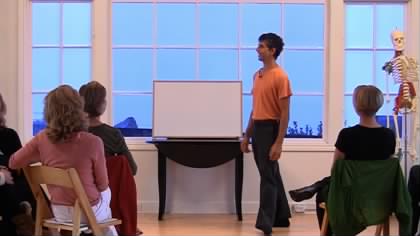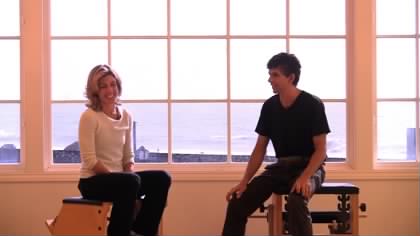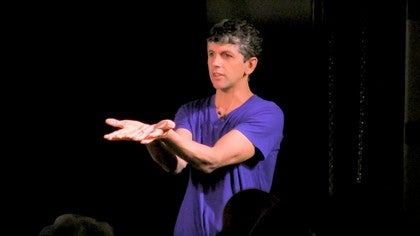Description
Somanaut: Like the astronaut who navigates outer space, the somanaut is dedicated to exploring the inner space of human form.
Gil Hedley is the ultimate trail guide for this journey deep into inner space. As you make your way through the richly textured layers of the body, Gil highlights the quality of relationships between the layers as well as the continuity of the whole form, all while gently encouraging you to question what you "know" about anatomy. Throughout his talk, Gil artfully, but purposefully juxtaposes amazing images of the human form in the lab with beautiful images in nature.
This workshop is for practitioners who have wanted to explore the human body on the level of a dissection but aren't prepared or don't have the opportunity to enter a lab. You can expect to gain new insights about the human body that are sure to impact your field of practice whether it is Pilates, Yoga, or another form of body work.
Sit back and enjoy the expedition! How you approach your clients and your practice will likely never be the same. A strong anatomy background is not required to reap the many benefits of this workshop.
Objectives
- Look at the five layers of the body, (skin, superficial fascia, deep fascia, muscle, and viscera) in different bodies, to see which layer gives a body its shape
- Learn about the texture of each layer of the body
- Navigate through the body by looking at fixed (with formaldehyde) and unfixed (without formaldehyde) forms
This workshop was filmed and produced by Gil Hedley. It includes videos and photos of dissections of cadavers (embalmed human donors). You can visit his website for more information about his workshops.
About This Video
Integral Anatomy: Somanaut Explorations
Comments
I want to share a dream that I had the evening after I watched the deep fascia chapter...I was at the ocean watching these heads pop out of the water and at first they looked like seals, but once they came on land, they turned into a human-like form (sort of like a "gumby" shape) where it was one blended form with head blending into the arms, then the body and legs. When Gil moved the leg and seeing how every part moves (not just a muscle) that just totally stuck with me! The body is truly amazing! Thanks again!!
You need to be a subscriber to post a comment.
Please Log In or Create an Account to start your free trial.
























